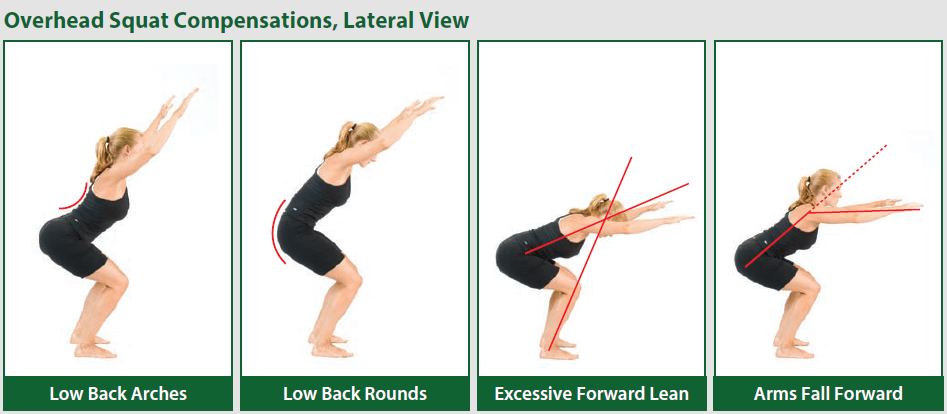|
Whether you are an athlete, enjoy working out, or a desk jockey, the likeliness is you’ve experienced pain or discomfort at one point or another in your life. In many cases, these injuries will come and go in a relatively short time period and you don’t require treatment. But what about the injuries/pain that come and never fully recover or that keep coming back? This is where the skill of a physical therapist can come into play. Unfortunately, I think some people have misconceptions about what physical therapy is. Either they have had a negative experience in the past or feel “I don’t have time for therapy” as they think you need to devote multiple appointments a week for several weeks to treatment. I compare a physical therapist to a good lawyer. There are times where you might be in major trouble/conflict and need multiple visits to work something out, but other times you just need consultation and direction from time to time (or a tune-up). Also, just as all cars aren’t the same, all physical therapists aren’t the same. Unfortunately, there are still therapists out there using the “throw the kitchen sink at the patient and hope something works” technique. So where am I going here and how does this relate to functional movement assessment? A functional movement assessment has a patient perform multiple movements to systemically find the source of their dysfunction. This increases efficiency and effectiveness of treatment and there is a direct cause and effect relationship seen with activities/exercises! You see, I’m an impatient person, early in my career I never was really comfortable with the throw and wait technique. Just as you as a patient want to feel better, I as a therapist want more of an immediate result that I’m helping you. That’s why I get so excited about functional movement, dry needling, and cupping because when used together it can produce some of the quickest results I’ve seen as a therapist. Most of my patients need to see me 1-3 times to see major changes in their symptoms. The “homework” that you perform between visits work on exercises that are helping to build better movement patterns. As you get better with the movements, the stress on the injured area improves and your body has the ability to recover. Take the squat for example. Picture from www.thefitnesstraineracademy.org If you perform a squat and there is a flaw, this occurs for a reason and is likely putting extra stress on parts of your body. This can lead to INJURY and PAIN! These flaws may be the result of an injury or the cause of an injury. Just because you feel better after an injury doesn't mean all the effects of the injury are gone, hence why some people never feel "back to normal" after an injury. A functional movement assessment will break down the squat to determine why you are moving incorrectly and give you exercises that are components leading towards correcting these flaw(s). As your exercises progresses, your ability to perform a proper squat should also progress. Moving better means less stress on your body and your body is better at working as a machine. You should see a noticeable change not only in your ability to squat, but if addressing the appropriate mechanisms, YOUR SYMPTOMS! The original source of dysfunction, when optimized, becomes the exercise you need to build on to continue improving/maintaining the change. It’s the ultimate cause and effect relationship.
Contact me to discuss your personal functional movement assessment! |
AuthorRyan Goodman is owner of Goodman Performance Therapy LLC and the Team Physical Therapist for the Columbus Blue Jackets with experience in Orthopedic and Sports Medicine Injuries. Archives
November 2018
Categories
All
|



 RSS Feed
RSS Feed